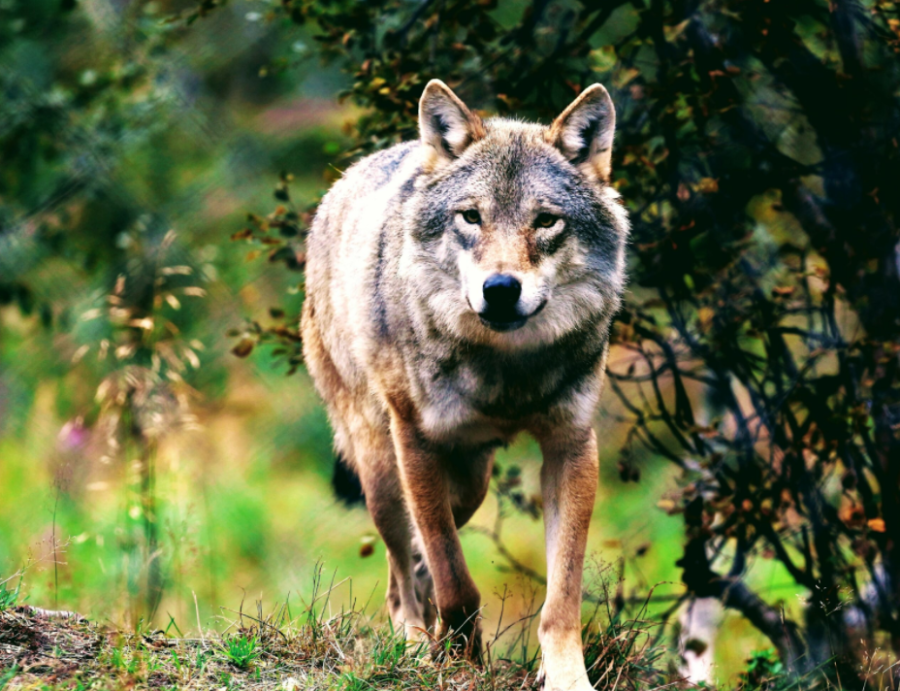The End of the Norwegian Wolf
February 7, 2022
Wolves have been present in Scandinavia since the last ice age, yet by the 1970s, the majority of the wolf population had been depleted to near extinction due to human intervention. Yet 400 wolves have suddenly reappeared around the border of Sweden and Norway. This sudden surge in the wolf population prompted a genetic investigation by Hans Stenøien, the director of the Norwegian University of Science and Technology’s University Museum. The study conducted was to create a census of the wolf population, as they suspected the resurgence was a result of zoos releasing wolves back into the wild.
They successfully collected and organized the genetic makeup of over 1,300 wolves in Norway and Sweden and found shocking results. All wolves found in the study can be traced back to Finland, as none originated from Norway or Sweden. These results reveal the harrowing truth that the Norwegian wolf that had once roamed Scandinavia for over 12,000 years was now genetically extinct.
Yet this wasn’t the only concerning discovery. The population of wolves had such a significant decrease in size that inbreeding was frequent, resulting in a lack of genetic variation. This can lead to susceptibility to disease, along with hereditary conditions. On top of this, researchers found that these wolves have practically no trace of dogs in their genes. Typical wolves are nearly genetically identical to dogs, so much so that they can produce offspring together. This lack of genetic diversity is detrimental to the wolf population and can result in the complete extinction of wolves in Scandinavia.
The option of releasing wolves from zoos into the wild is once again being brought up as an option to help bring variation, but its cost and the effort to commit to such a project are under discussion.

Brian • Feb 9, 2022 at 9:25 am
Notice how no Denmark wolves have ever been reported on.
Norway > Denmark